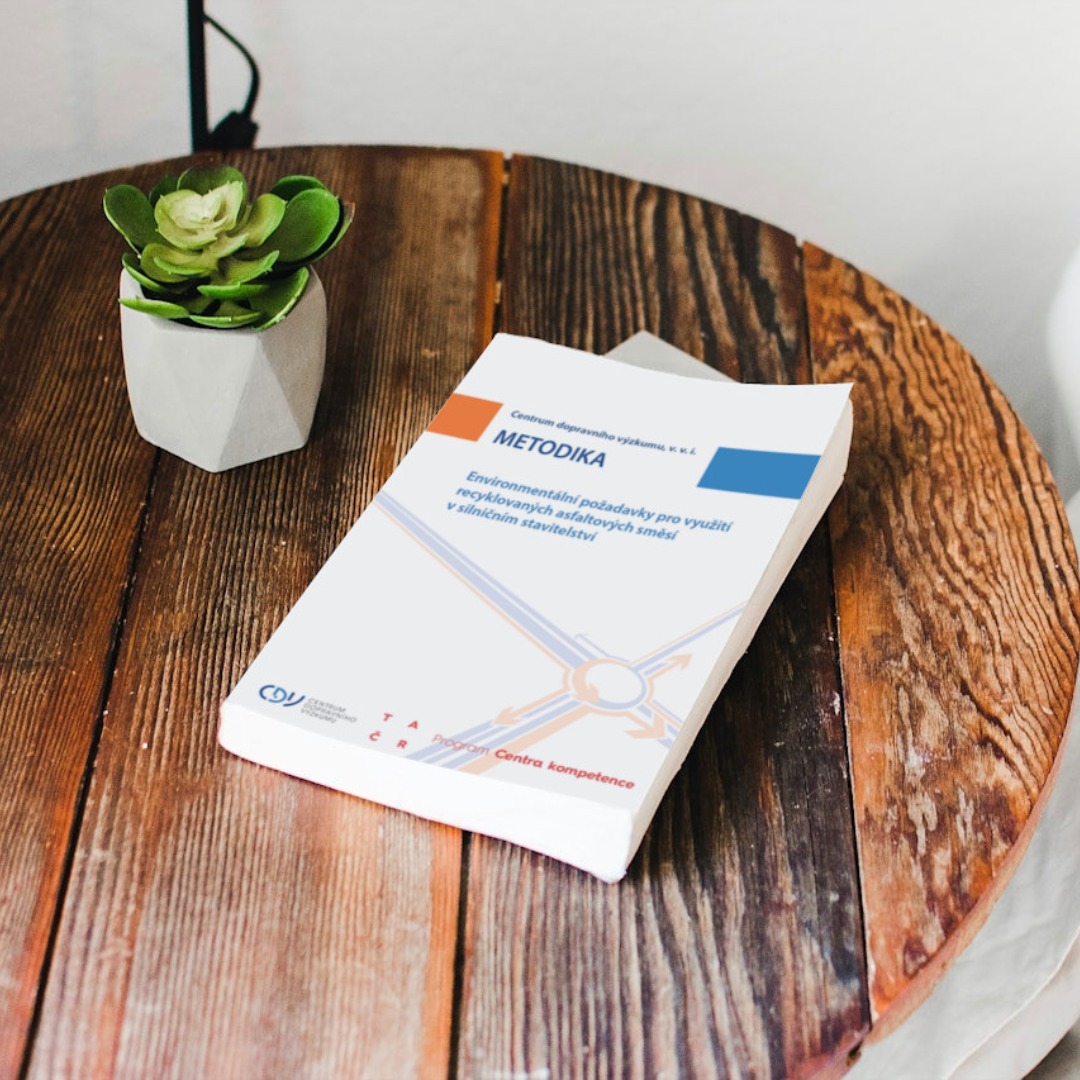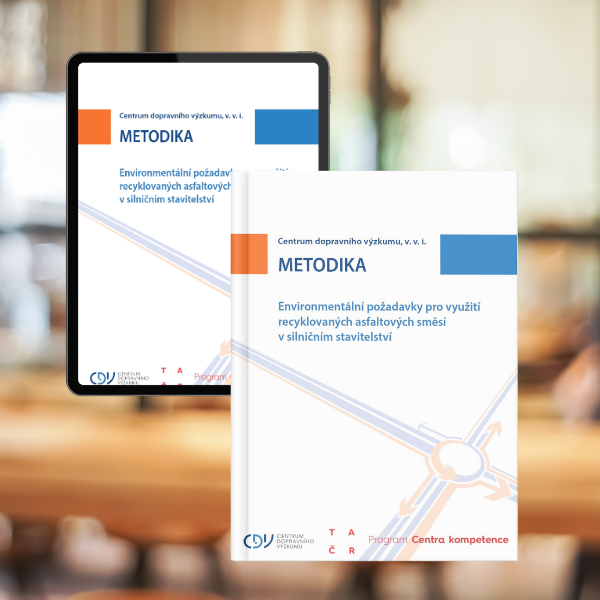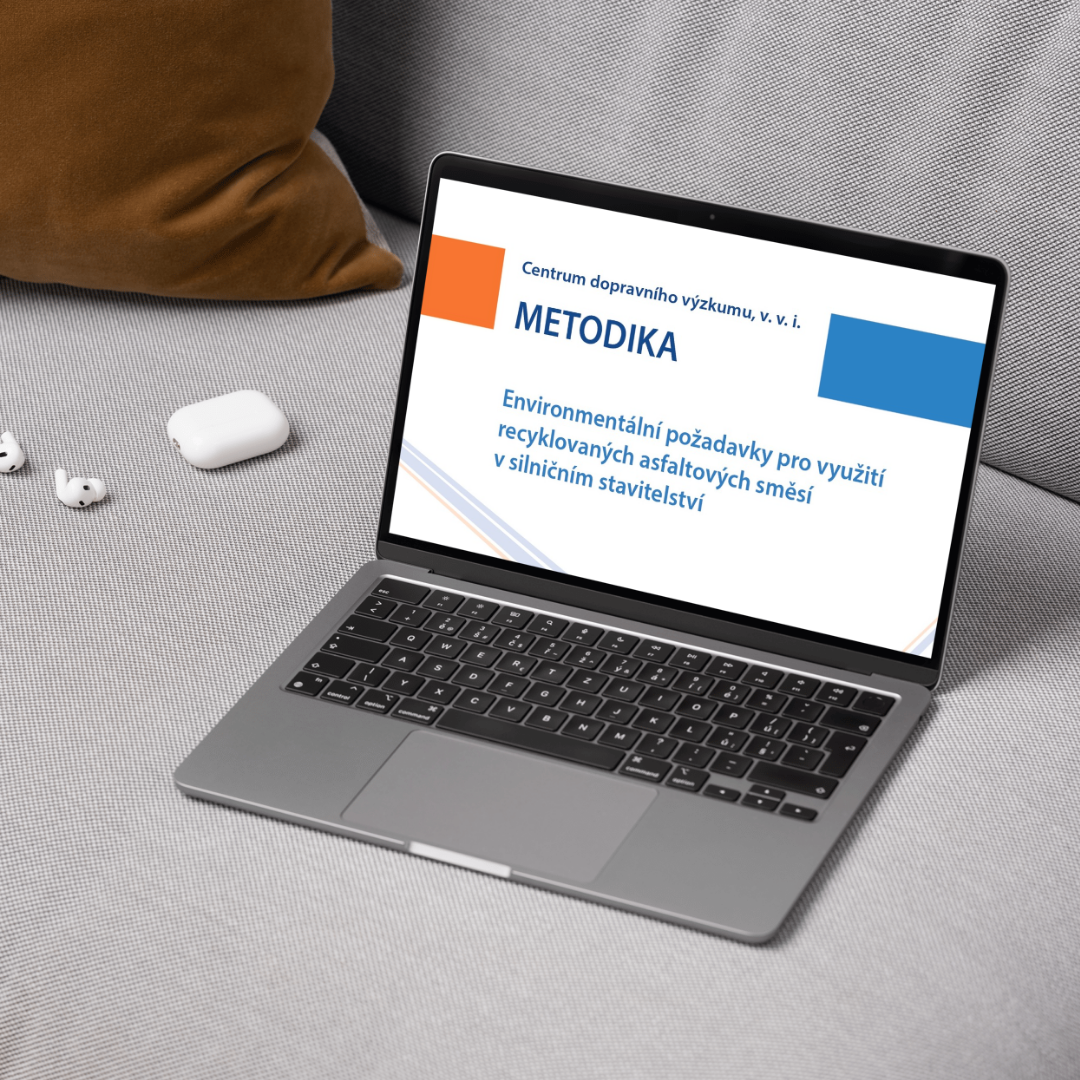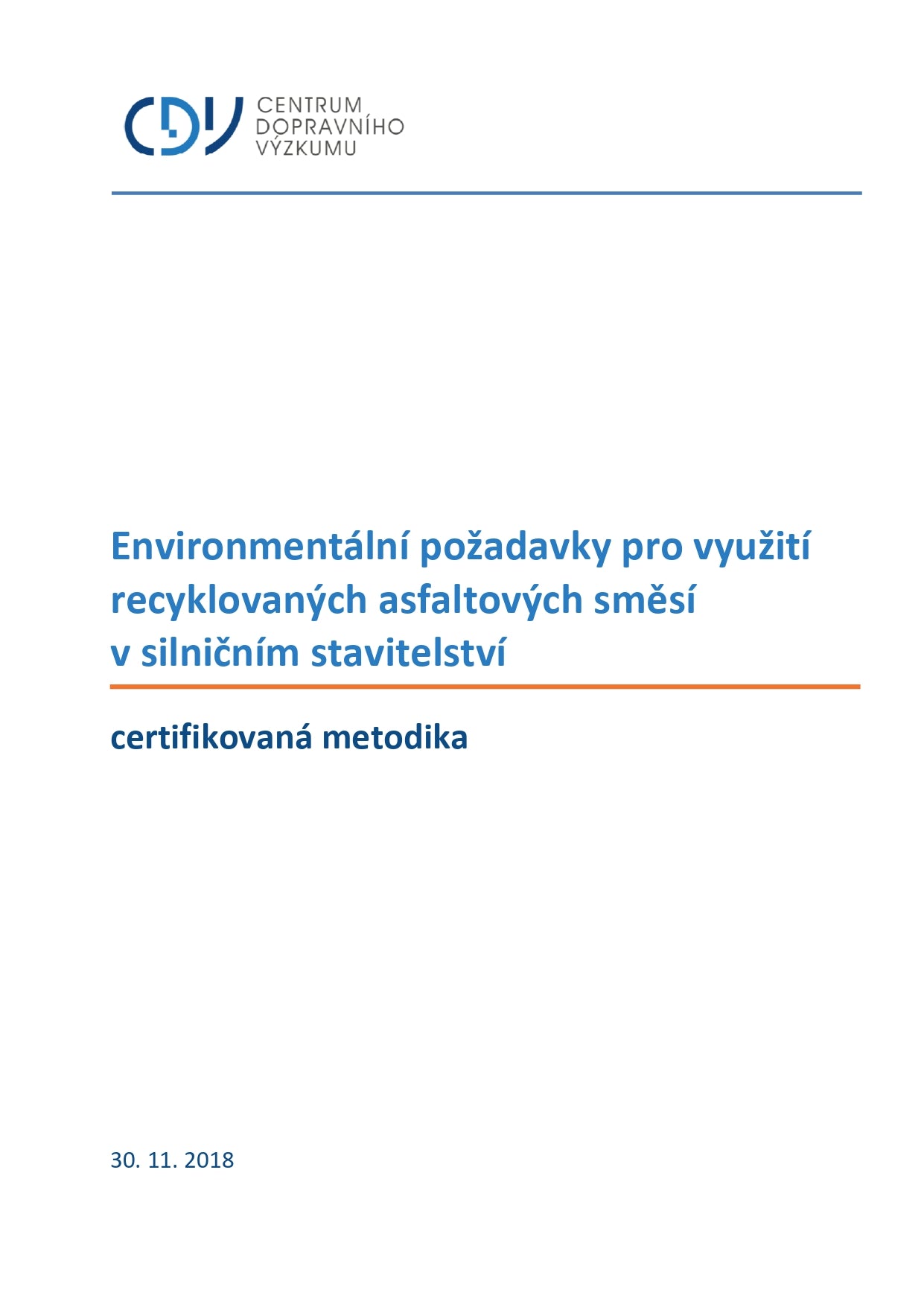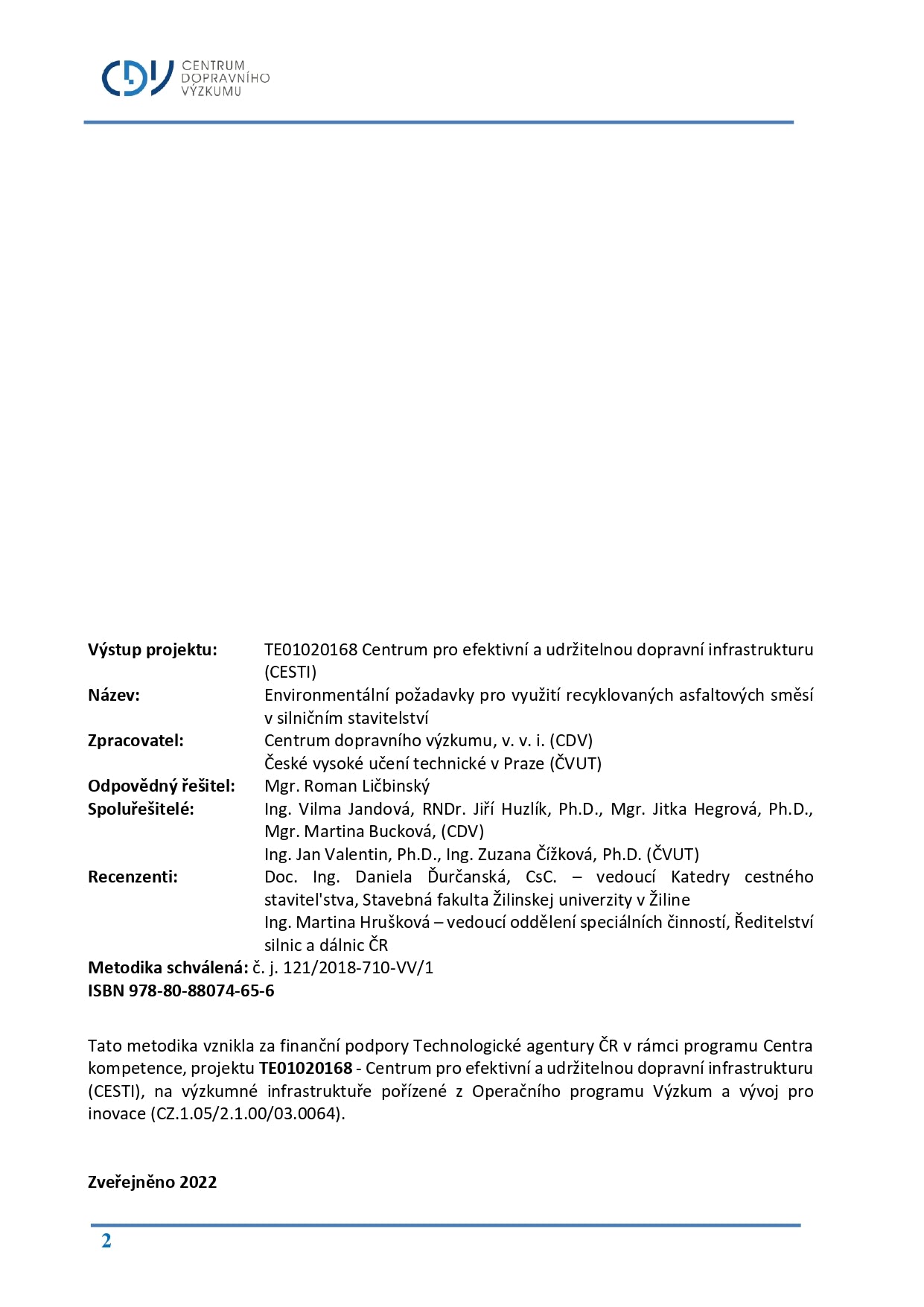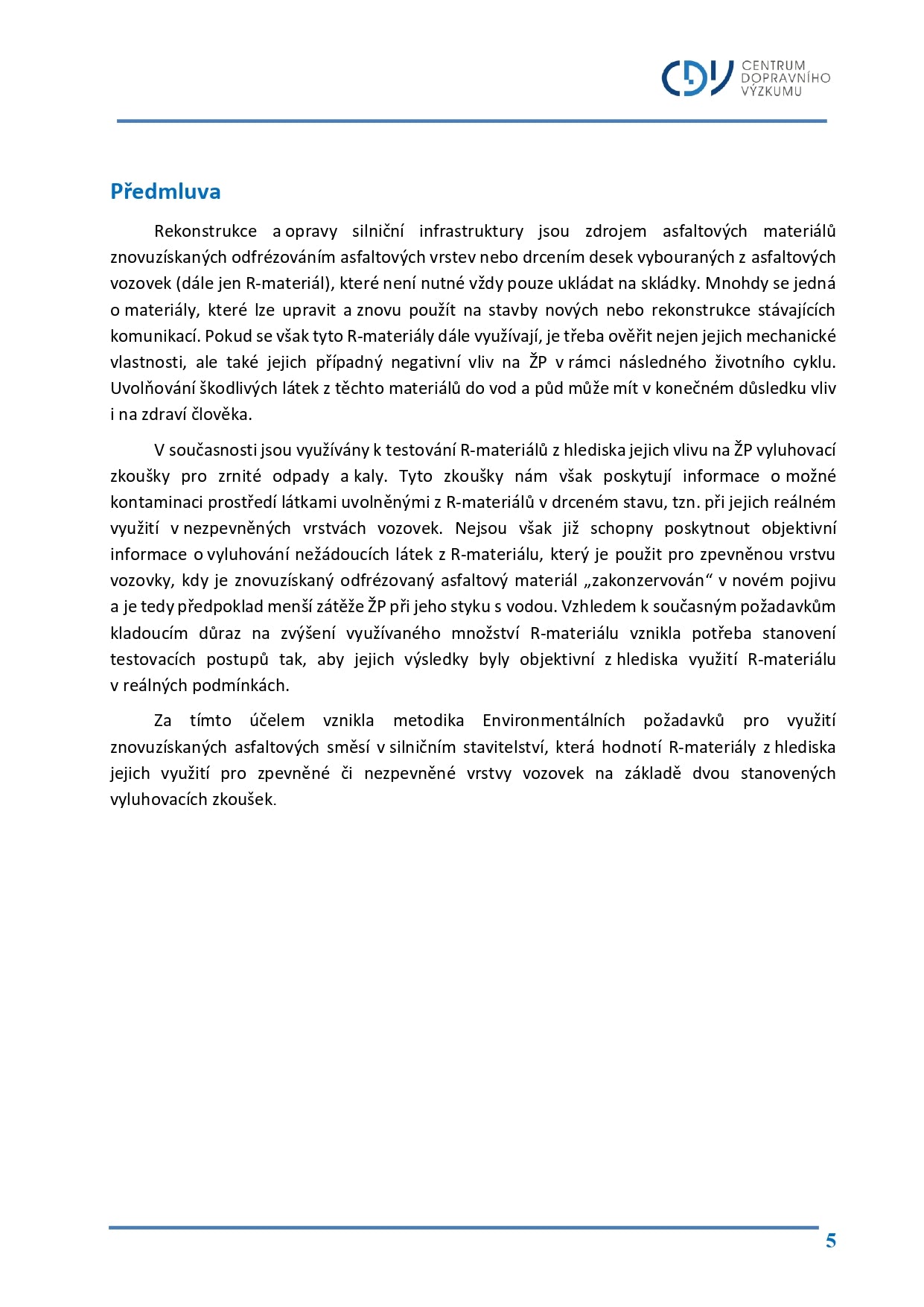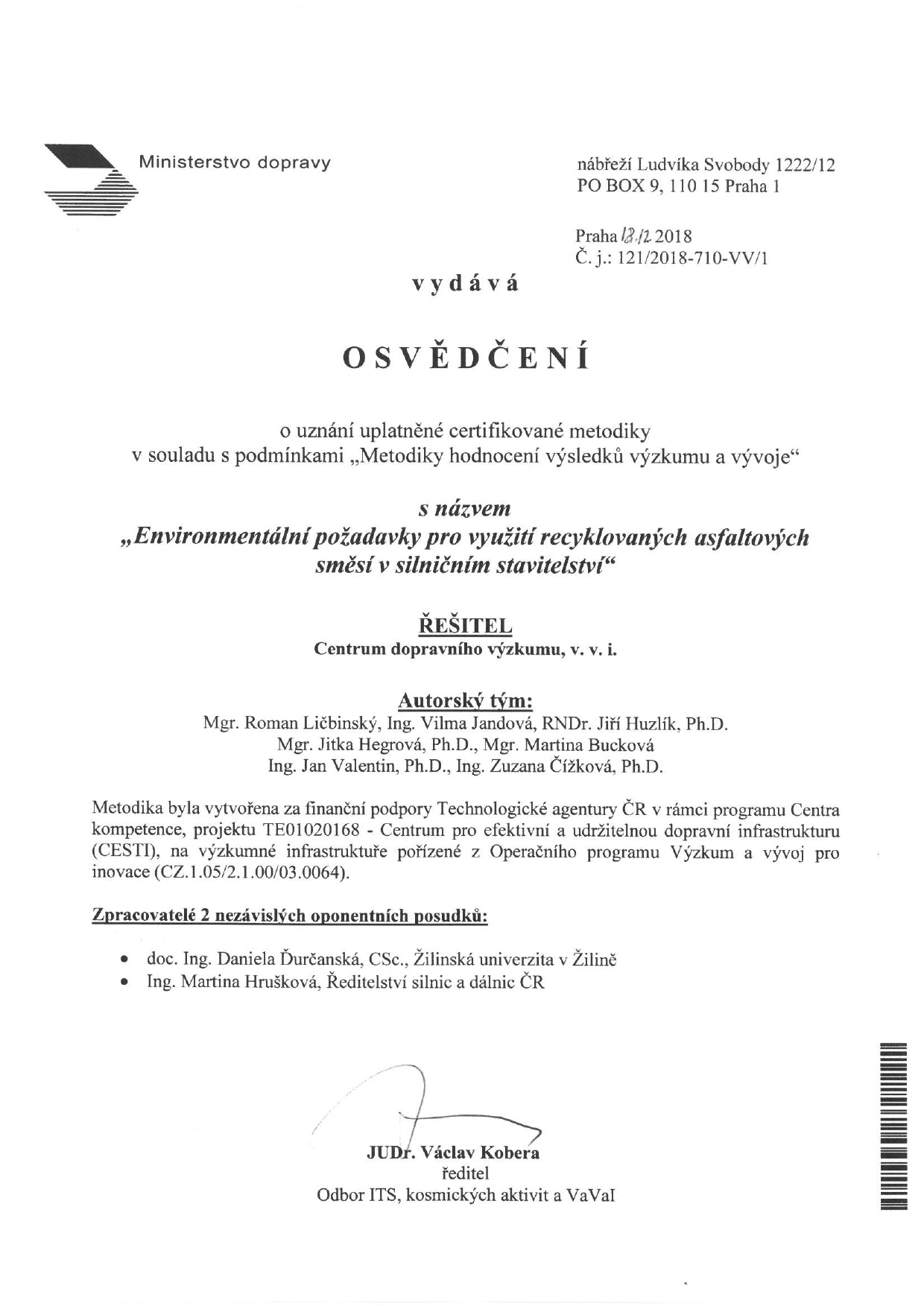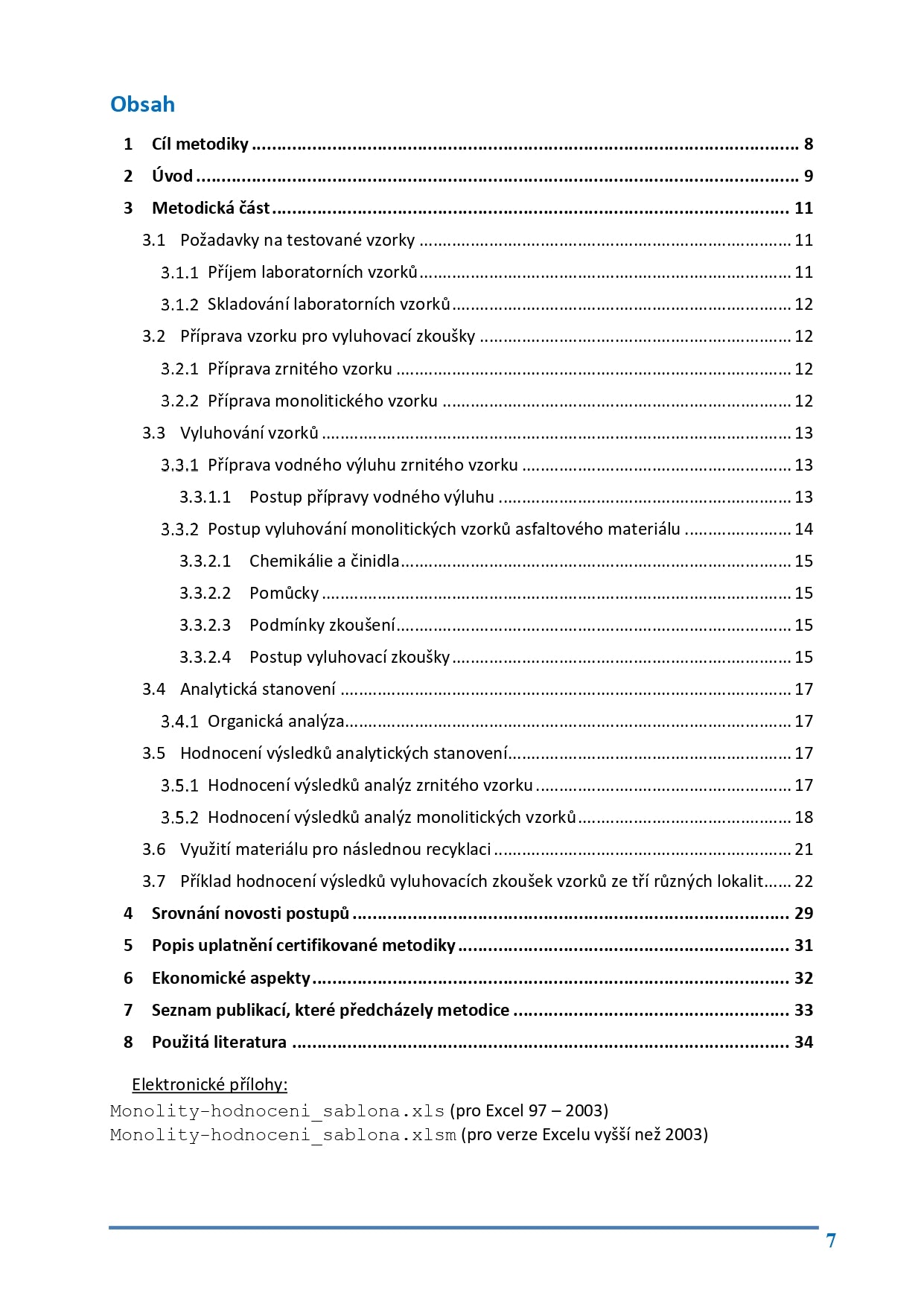Printed publication | E-book
Environmental requirements for the use of recycled asphalt mixtures in road construction
Environmental requirements for the use of recycled asphalt mixtures in road construction
Couldn't load pickup availability
Currently, there is an increasing demand for the use of recycled asphalt construction material from roadways for reuse in the construction of new and reconstruction of existing roads. In addition to testing their mechanical-physical properties, the issue of the impact of these materials on the environment (hereafter referred to as ŽP) must also be addressed within their ongoing life cycle. Now, the suitability of the use of asphalt recycled mixtures in terms of impact on the ŽP is proven by standardized tests, which are stipulated by the legislation for the given type of waste. Determination of the content of harmful substances is carried out by leaching tests of waste of a certain granularity. From the point of view of environmental contamination, in real conditions when using recycled asphalt mixtures, especially within the framework of repairs, the current method appears to be insufficient. Therefore, the Environmental Requirements methodology for the use of recycled asphalt mixtures in road construction was developed as part of the CESTI (Centre for Efficient and Sustainable Transport Infrastructure, TE01020168) project solution.
The methodology is designed as a document that comprehensively solves the issue of determining contaminants in recycled asphalt mixtures from the point of view of their real use. It defines the appropriate structural types of samples of recycled mixtures and their testing procedures in connection with the release of pollutants so that they are as close as possible to real conditions. The procedures are a combination of standardized procedures given by current legislation and new procedures verified as part of the above-mentioned project solution. The methodology defines monitored pollutants and methods of their determination. A part is also devoted to the evaluation of the analysis results, including the proposal of subsequent procedures for the use of the material at the given concentrations of pollutants.
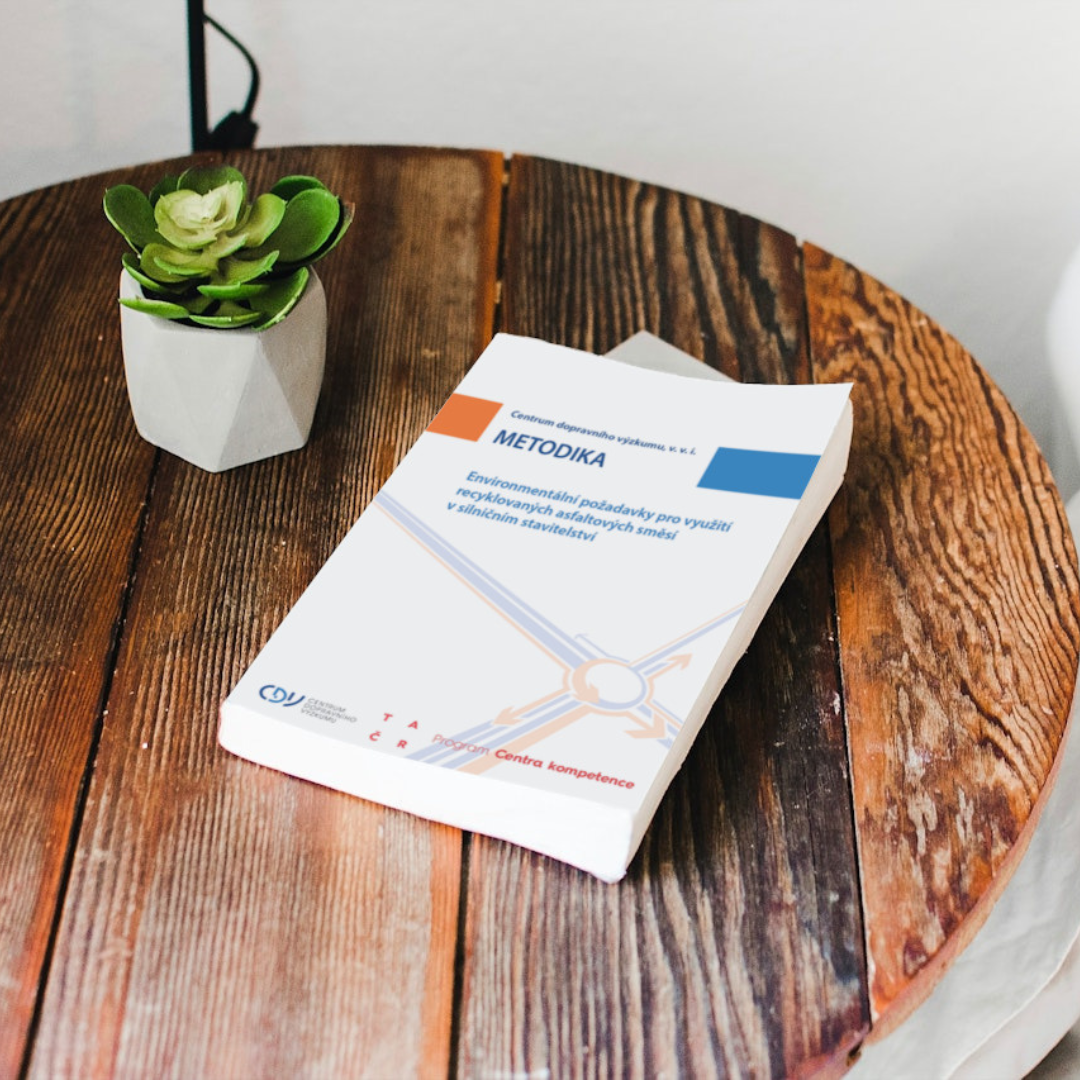

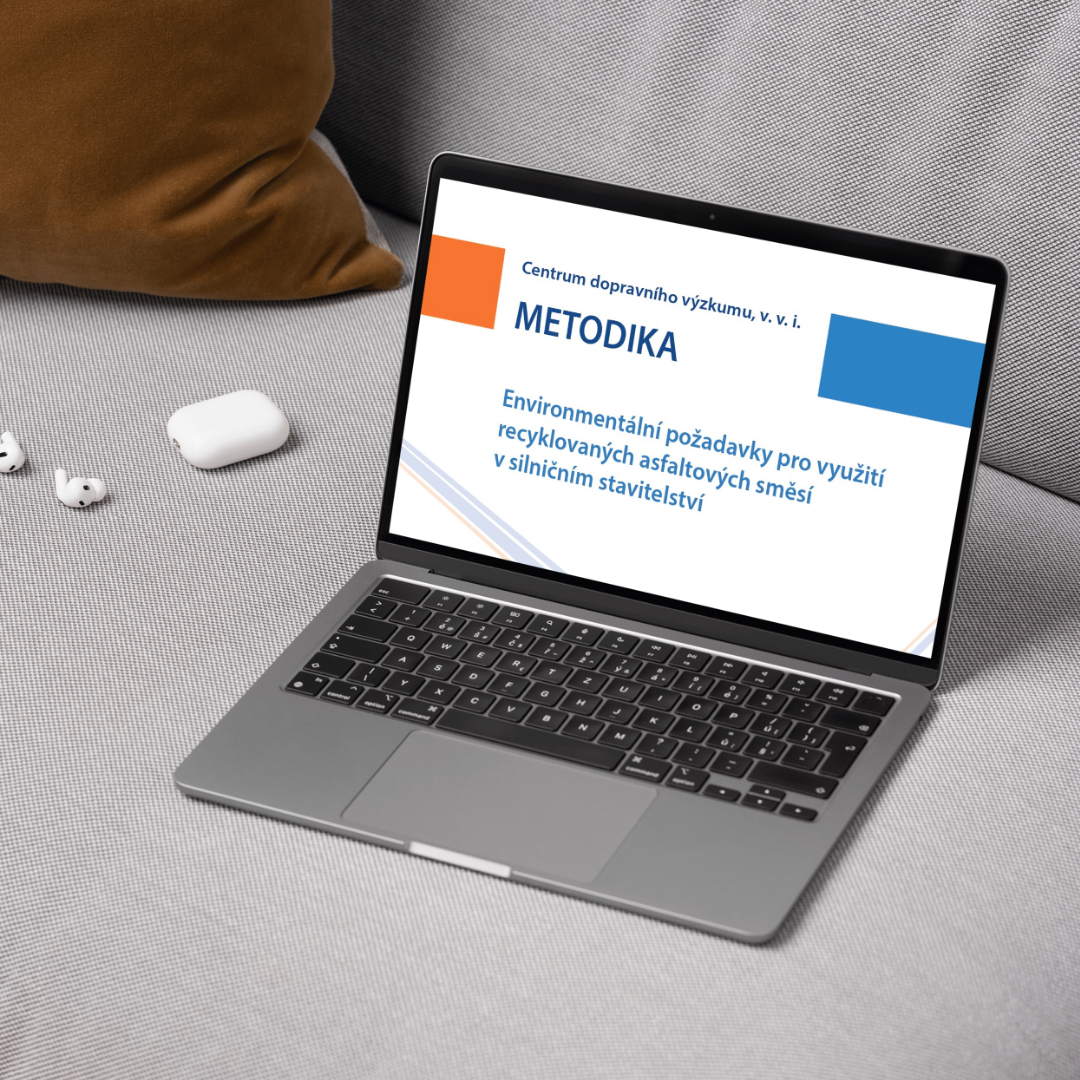
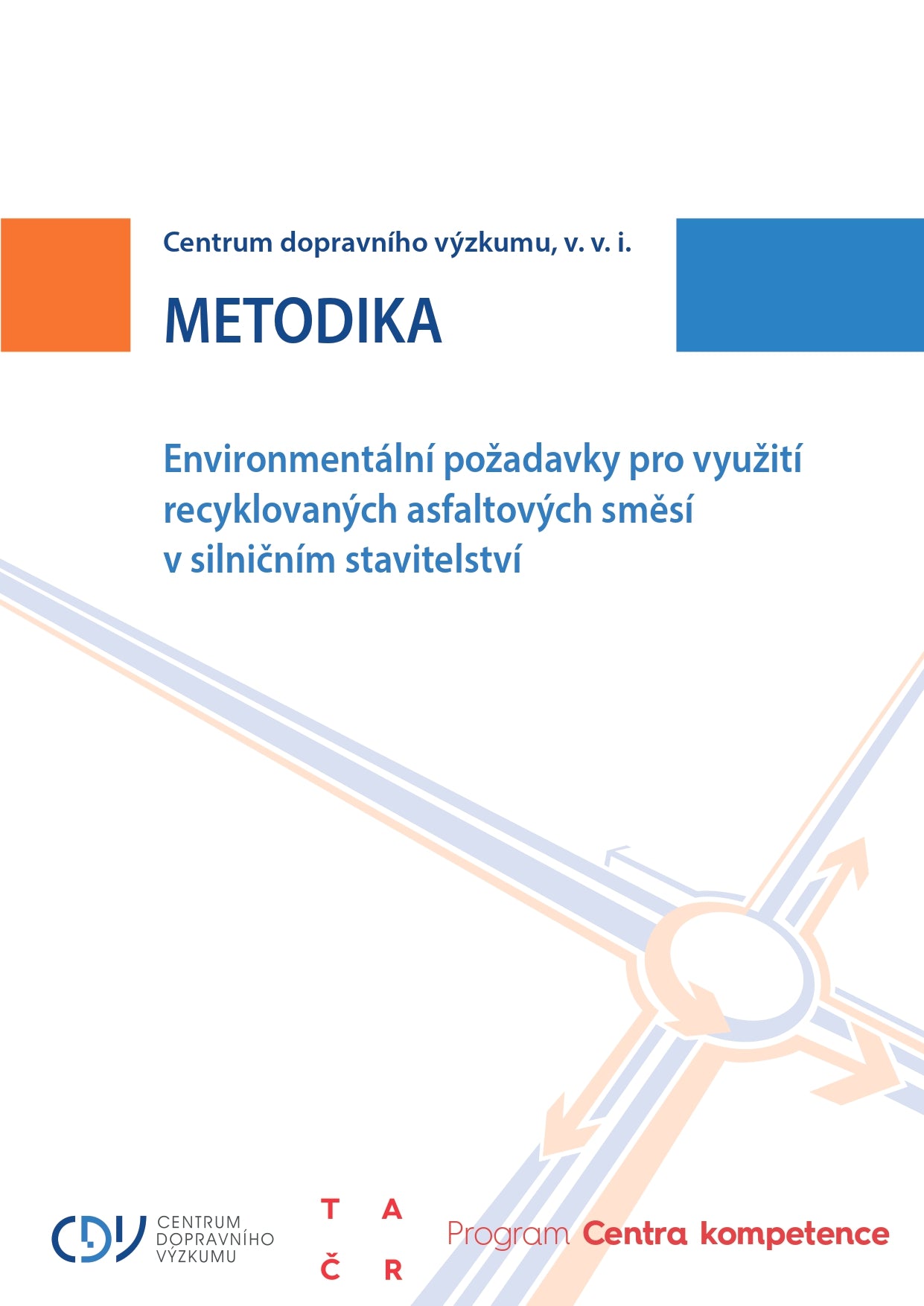
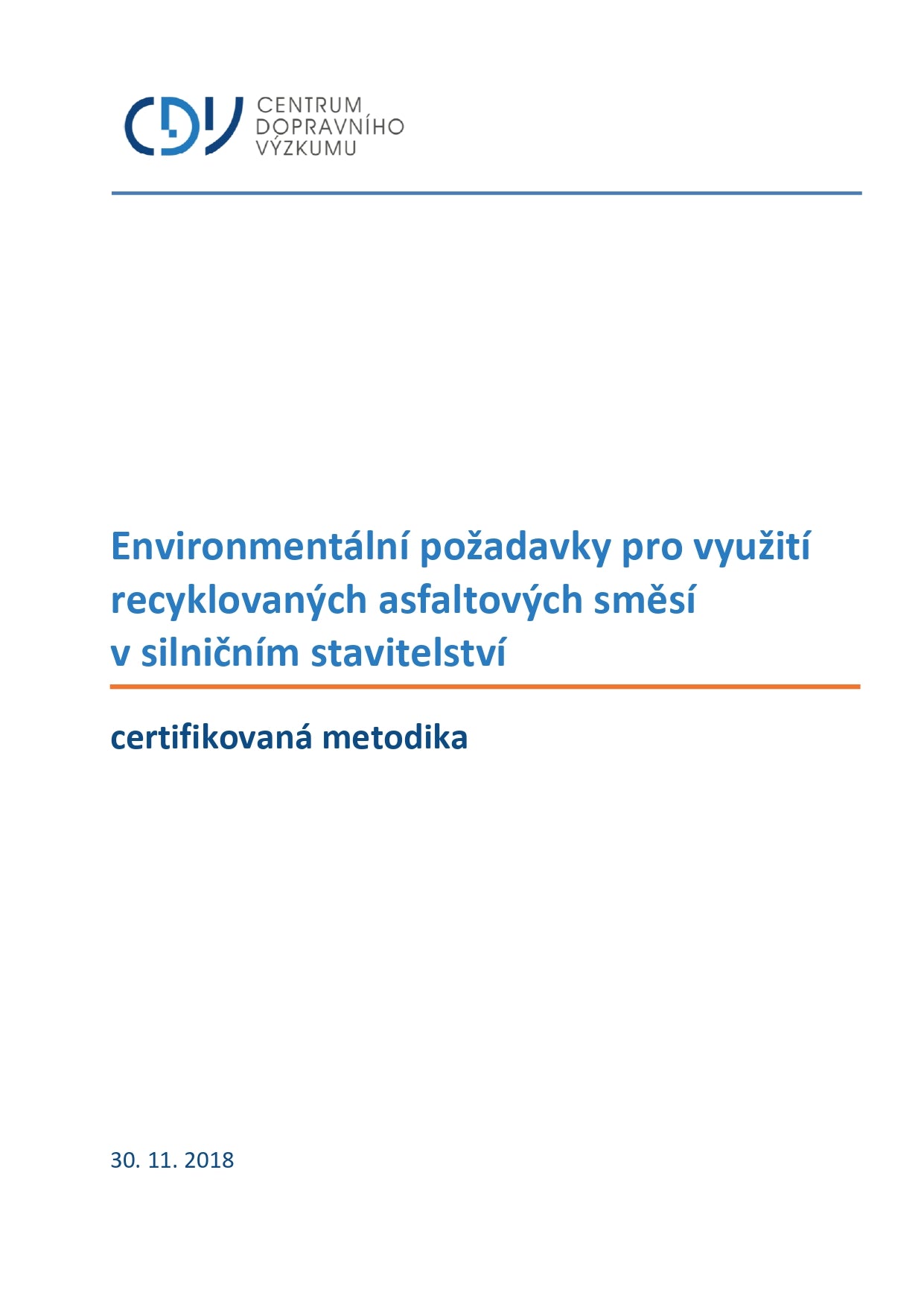
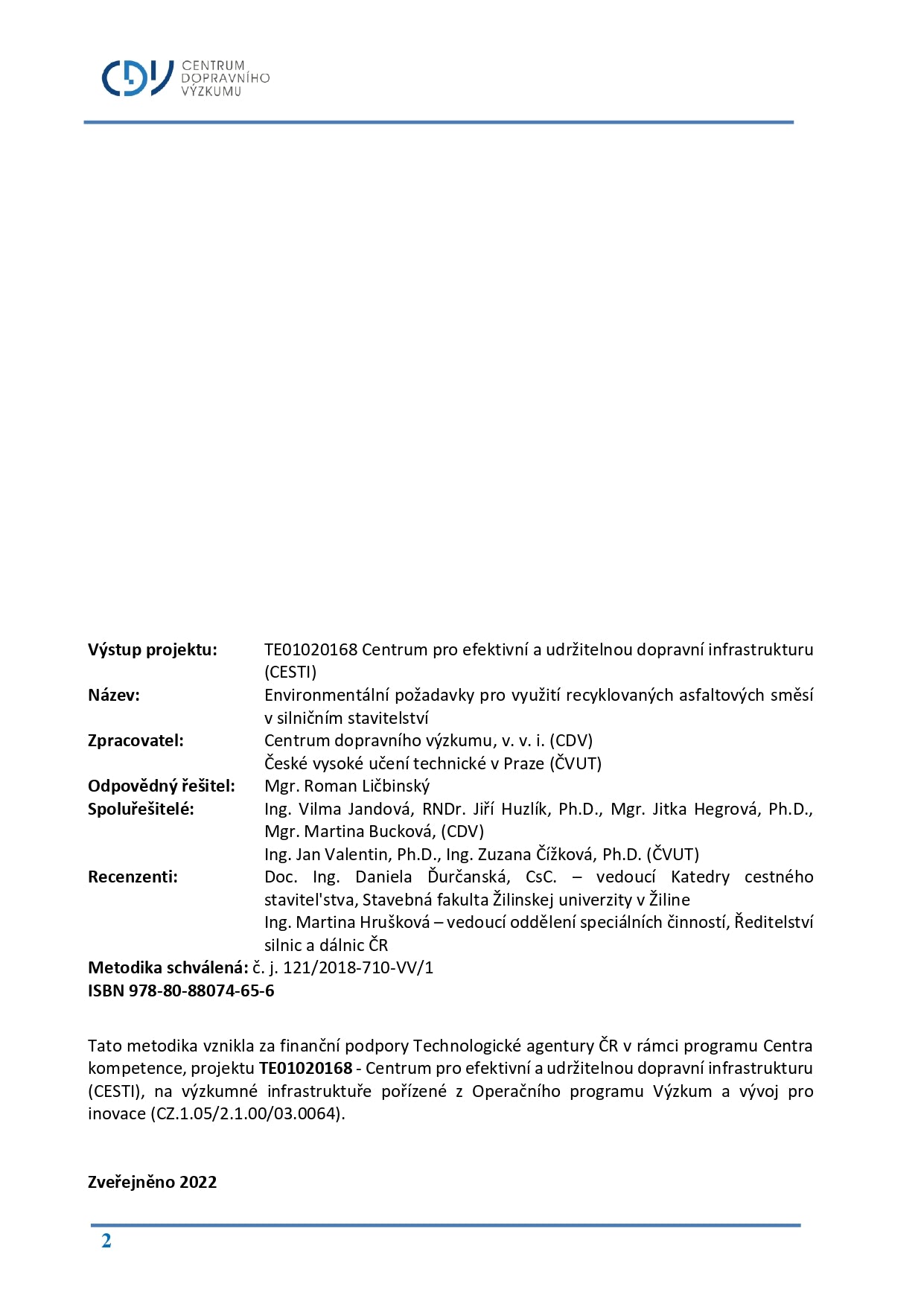

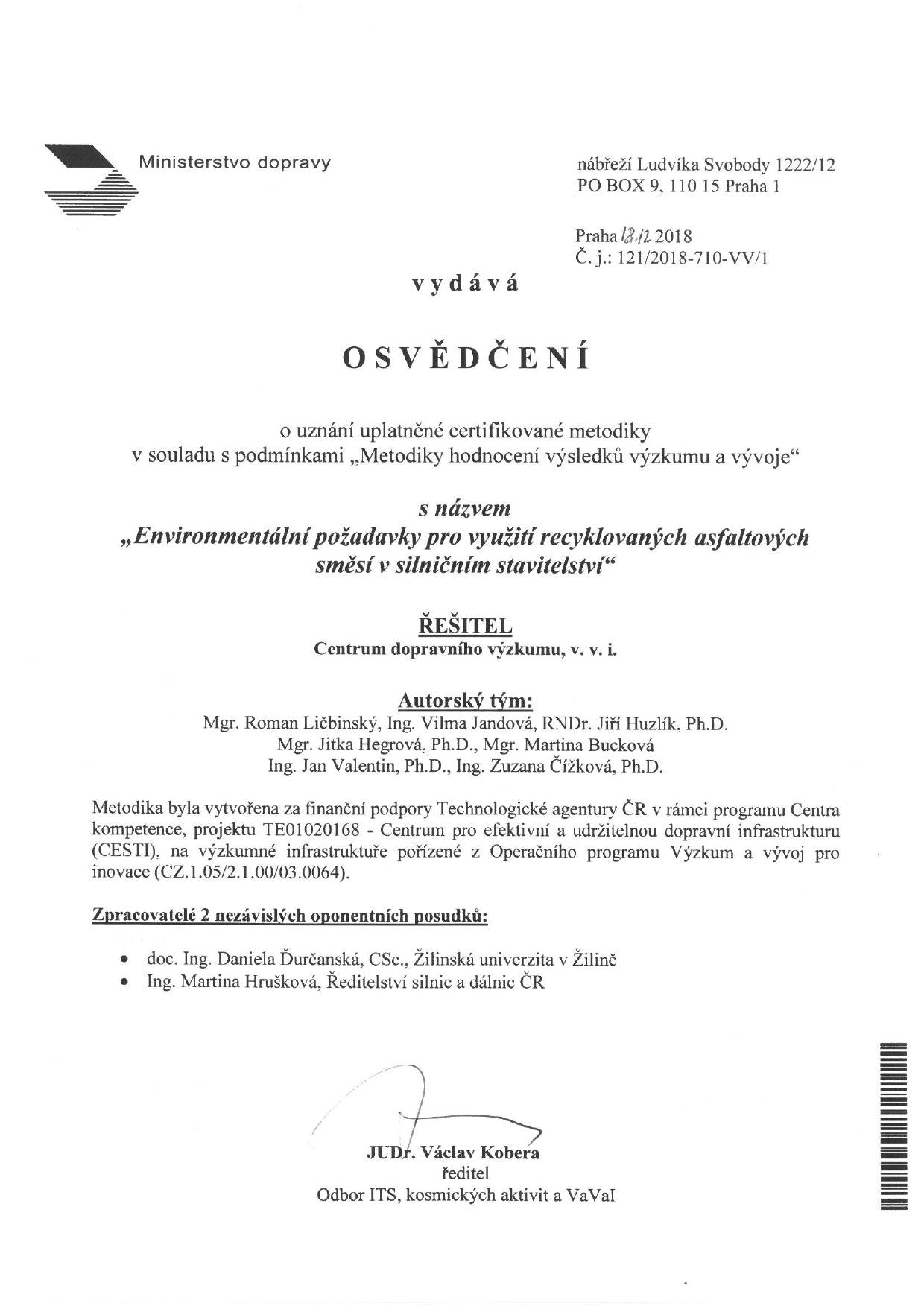
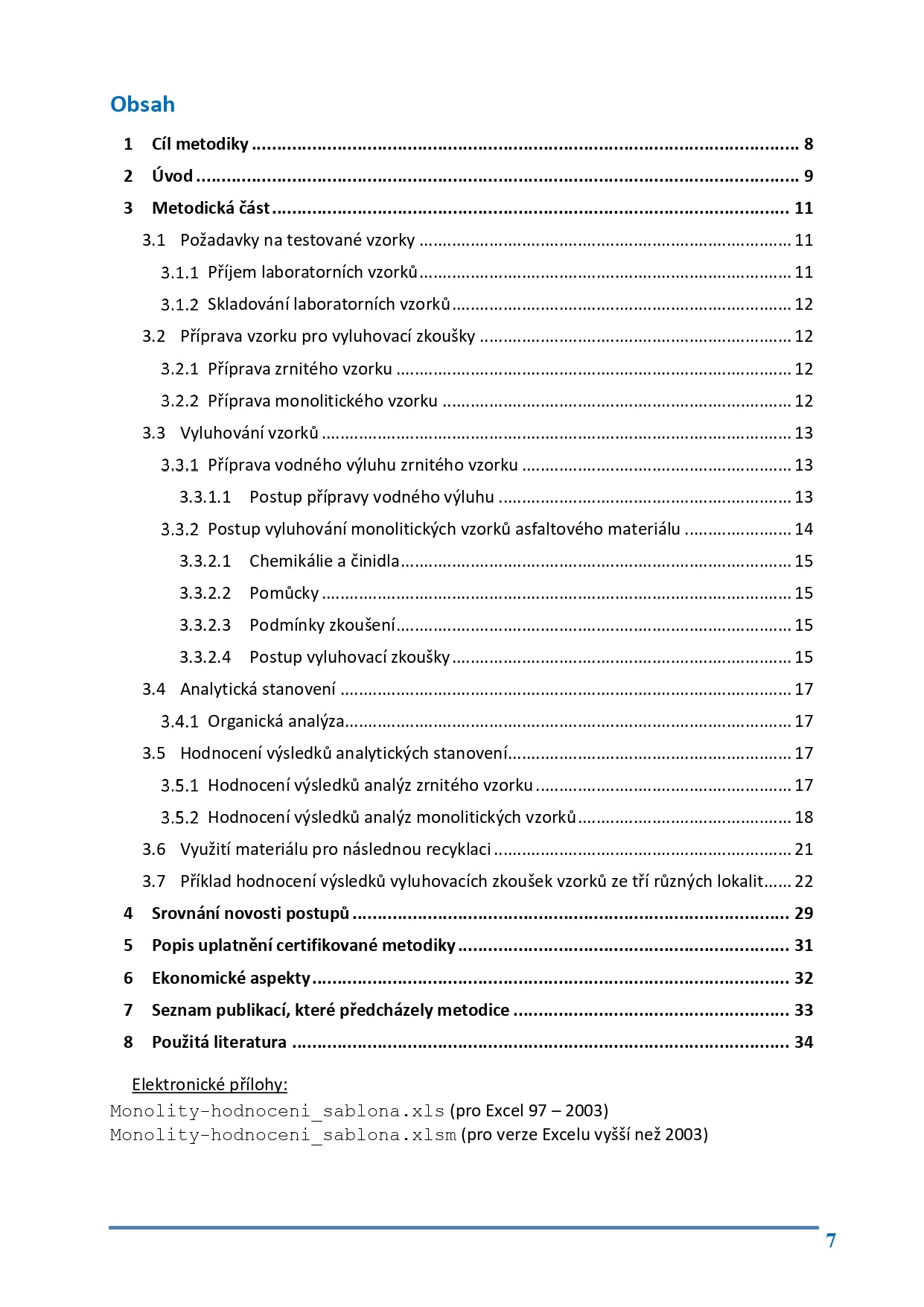
Detail
Author
- Jandová V.
- Huzlík J.
- Hegrová J.
- Bucková M.
- Ličbinský R.
- Valentine J.
- Čižková Z.
Content
1 Objective of the methodology
2 Introduction
3 Methodological part
3.1 Requirements for test samples
3.2 Sample preparation for leaching tests
3.3 Sample leaching
3.4 Analytical determinations
3.5 Evaluation of the results of analytical determinations
3.6 Use of material for subsequent recycling
3.7 Example of evaluating the results of leaching tests of samples from three different locations
Dedication
This methodology was co-financed with the state support of the Technology Agency of the Czech Republic as part of the Center of Competence Program, within the framework of project TE01020168 – Center for Efficient and Sustainable Transport Infrastructure (CESTI).
www.tacr.cz
Colophon
Year of publication
2017
